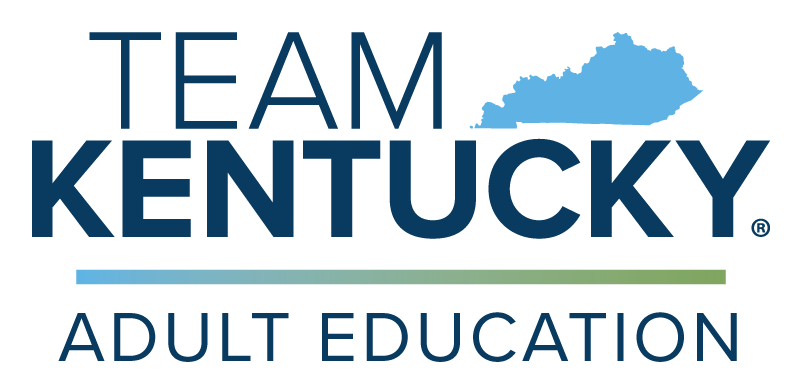PRODUCT DESCRIPTION
The COVID-19 Pandemic became a roadblock to success. This led to closure of all learning centers. Students and instructors were forced to use distance learning as their only source of communication and instruction. Enrollment, pre- and post-testing, and GED® testing were unavailable. This greatly impacted the implementation and success of the innovation; however, the innovation greatly impacted the success of BSCTC Skills U program during this time. Due to the innovation project, BSCTC was more prepared to thrive during the pandemic using a variety of distance learning opportunities.
BSCTC hoped to provide a variety of distance learning opportunities to achieve 30 GEDs® by December 2020. Distance learning opportunities included a virtual lesson library, GED® classes provided via Google classroom & Zoom, laptop loaner program, the use of Study-Buddies program, and various online resources.
Technology equipment was purchased and used to assist BSCTC to provide distance learning opportunities to students as we became only virtually connected during the pandemic. The BSCTC SKills U Facebook page was used to provide information as well as motivate students to succeed.
The pandemic continued into the new year, but BSCTC continued distance learning opportunities using various virtual resources such as Google Classrooms, Zoom classes, Loom videos, a virtual lesson library, a laptop lending program, and the use of Study-Buddies. Lots of outreach and communication by everyone in the Skills U program plus extensive preparation by the team led to 41 GEDs®.
 May 2020 SuccessS. Salyer is one of our students. She had started BSCTC Skills U just before we closed for the pandemic. She agreed to do Zoom classes for instruction, but she was not overly enthusiastic about it. For our first Zoom session, we were going over integer operations, exponents, and roots, and using the calculator. I used the whiteboard feature in Zoom and also the annotation options on different worksheets. By the end of the session, she was catching on very quickly. She told me that she had never realized how much instruction you could actually do over the internet, and she was excited to keep going. It was eye-opening to me as an instructor as well. I was somewhat skeptical of how remote instruction would go, but I was really impressed with all the things we could do through Zoom. (L. Tackett)
May 2020 SuccessS. Salyer is one of our students. She had started BSCTC Skills U just before we closed for the pandemic. She agreed to do Zoom classes for instruction, but she was not overly enthusiastic about it. For our first Zoom session, we were going over integer operations, exponents, and roots, and using the calculator. I used the whiteboard feature in Zoom and also the annotation options on different worksheets. By the end of the session, she was catching on very quickly. She told me that she had never realized how much instruction you could actually do over the internet, and she was excited to keep going. It was eye-opening to me as an instructor as well. I was somewhat skeptical of how remote instruction would go, but I was really impressed with all the things we could do through Zoom. (L. Tackett) December 2020 SuccessIn June and July, I worked with four students via Zoom who only needed math left to earn their GED®. Three of them had taken math multiples times and had failed it. We had Zoom classes three times a week, and each class was an hour long. I recorded the sessions and put them in our Google Classroom, along with practice worksheets and notes, so students could go back and review if they wanted to or had to miss a class. If a student did have to miss, I would try to do a makeup Zoom session with that individual student. As the students got closer to their test dates, I did individual Zoom review sessions with each student as opposed to the group sessions. I think all the students were skeptical of online learning at the beginning, but by the end they were all really impressed by how much could be done in an online environment. Three of the four students earned their GED® in early July. One student took the test but didn’t pass. This particular student was very intelligent, but she had several small children at home. Our Zoom sessions were often interrupted by the kids. When our learning center opened back up, I recommended that she take classes at the center. She did, and she earned her GED® in August. (L. Tackett)
December 2020 SuccessIn June and July, I worked with four students via Zoom who only needed math left to earn their GED®. Three of them had taken math multiples times and had failed it. We had Zoom classes three times a week, and each class was an hour long. I recorded the sessions and put them in our Google Classroom, along with practice worksheets and notes, so students could go back and review if they wanted to or had to miss a class. If a student did have to miss, I would try to do a makeup Zoom session with that individual student. As the students got closer to their test dates, I did individual Zoom review sessions with each student as opposed to the group sessions. I think all the students were skeptical of online learning at the beginning, but by the end they were all really impressed by how much could be done in an online environment. Three of the four students earned their GED® in early July. One student took the test but didn’t pass. This particular student was very intelligent, but she had several small children at home. Our Zoom sessions were often interrupted by the kids. When our learning center opened back up, I recommended that she take classes at the center. She did, and she earned her GED® in August. (L. Tackett)










